Step-by-Step Guide to Creating a Successful Digital Marketing Campaign
Furthermore In today’s competitive digital landscape, crafting a well-planned digital marketing campaign is crucial for achieving business growth. With numerous channels available, such as social media, email Moreover marketing, SEO, and paid advertising, businesses need a clear strategy to ensure their marketing efforts are cohesive and effective. This step-by-step guide will walk you through the process of creating a In addition digital marketing campaign that delivers measurable results.
- Define Your Campaign Goals
Also Before launching any campaign, it’s essential to define clear, measurable goals. What do you want to achieve? Whether your goal is to increase website traffic, generate leads, boost brand awareness, or drive As well as conversions, knowing your objectives will guide the entire campaign strategy.
- SMART Goals: Ensure your goals are Specific, Measurable, Achievable, Relevant, and Time-bound (SMART).
- KPIs: Define Key Performance Indicators (KPIs) that align with your goals. Common KPIs include conversion rates, cost per lead (CPL), customer acquisition cost (CAC), and return on investment (ROI).
- Understand Your Target Audience
Guide to Creating a Successful Digital Marketing Understanding your target audience is the foundation of any successful marketing campaign.
However By knowing who you’re marketing to, you can tailor your message, choose the right platforms, and create content that resonates with your audience.
- Develop Buyer Personas: Create detailed buyer personas that represent your ideal customers. Include demographic information such as age, gender, location, interests, pain points, and buying behavior. On the other hand This helps you create more targeted campaigns.
- Conduct Market Research: Analyze industry trends, competitor strategies, and customer behavior to identify opportunities for differentiation and ensure your campaign stands out.
- Choose the Right Digital Channels
Guide to Creating a Successful Digital Marketing There are various digital marketing channels you can leverage in your campaign, such as email marketing, social media platforms, search engine optimization (SEO), content marketing, and paid advertising. Each channel serves a unique purpose, so it’s essential to choose the ones that align with your campaign goals and audience preferences.
- Social Media: If your audience is active on social platforms, consider using Facebook, Instagram, LinkedIn, Twitter, or TikTok. Tailor your content to each platform to increase engagement.
- SEO & Content Marketing: If driving organic traffic to your website is a goal, focus on creating valuable, SEO-optimized content that answers your audience’s questions.
- Paid Advertising: Google Ads, Facebook Ads, and other paid media options allow you to target specific demographics with paid campaigns that deliver immediate results.
- Develop a Compelling Message
A clear and compelling message is essential for capturing your audience’s attention. Your message should align with your campaign goals and resonate with the needs, pain points, and desires of your audience.
- Value Proposition: Highlight the unique value your product or service offers. What sets you apart from competitors? Why should your audience choose you over others?
- Create Engaging Content: Whether it’s blog posts, videos, infographics, or ads, ensure your content is engaging, informative, and visually appealing. Use storytelling to create an emotional connection with your audience.
- Set a Budget and Allocate Resources
It’s essential to set a budget and allocate resources Nonetheless effectively to maximize the return on investment (ROI).
- Budget Allocation: Divide your budget across different channels based on where your target audience spends their time. For example, allocate more funds to social media if your audience is primarily on Instagram and Facebook.
- Resource Planning: Consider the resources needed for the campaign, such as content creation, graphic design, copywriting, and campaign management. Make sure you have the right team and tools in place to execute your campaign successfully.
- Implement and Monitor Your Campaign
Launch your ads, publish your content, and monitor performance But closely to make data-driven adjustments.
- Track Campaign Performance: Use tools like Google Analytics, social media insights, and email marketing analytics to monitor the performance of your campaign in real-time. Look at metrics like click-through rates (CTR), engagement rates, and conversion rates.
- A/B Testing: Run A/B tests to determine which elements of your campaign (e.g., ad copy, email subject lines, landing pages) resonate most with your audience. Make adjustments based on the results.
- Analyze and Optimize
After your campaign has run for a while, it’s important to analyze its success and identify areas for improvement. This helps ensure future campaigns are even more effective.
- Measure ROI: Calculate the return on investment (ROI) by comparing the cost of the campaign with the revenue or value generated. This will help you understand if your campaign was successful.
- Optimize for Future Campaigns: Use insights from your analysis to optimize future campaigns. This could involve adjusting your messaging, budget allocation, or targeting strategy to achieve better results.
Conclusion: Creating Effective Digital Marketing Campaigns
Creating a successful digital marketing campaign requires careful planning, clear goals, an understanding of your audience, and the right channel choices. By following this step-by-step guide, you can build campaigns that resonate with your target audience, deliver measurable results, and help grow your business.
Feel Free Contact us today to learn more and elevate your digital marketing efforts!






